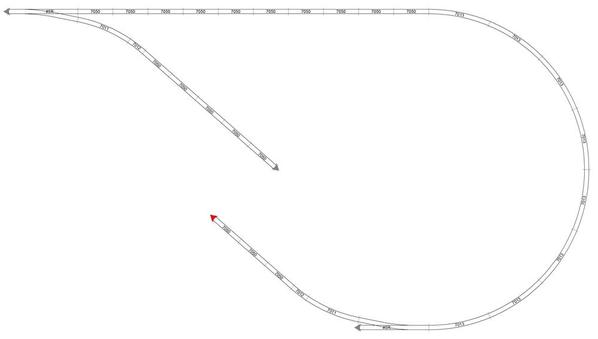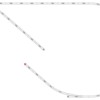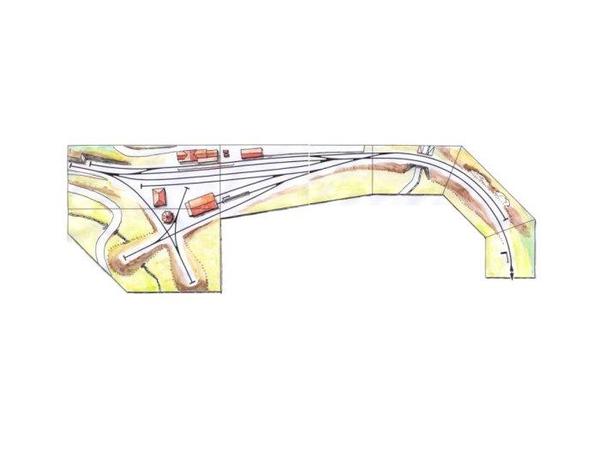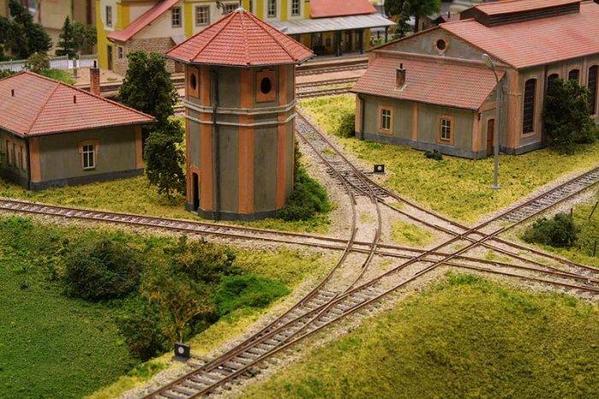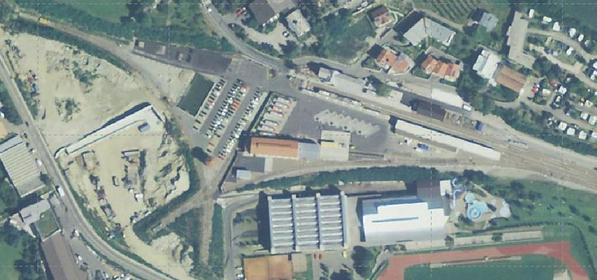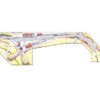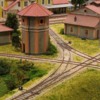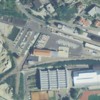Here is an idea I had for a 2-Rail track plan that focuses on hauling lumber from a logging area to a sawmill. The layout takes up a 8'x12' space, or the size of my layout in the garage. The track is all Atlas O 2-Rail track. Now there is also a steep hill dividing off the two halves of the layout, to separate the scenes from logging to an industrial area processing the lumber. What do you guys think? I liked as it would provide me with some interesting operating capabilities. By that I mean I could fiddle around with various operating accessories that I could build to make operation more fun. For example one accessory could be and Arduino operated crane that could be used to load logs on to the log cars in preparation for delivery to the sawmill. What improvements do some of you think could help make this better?




